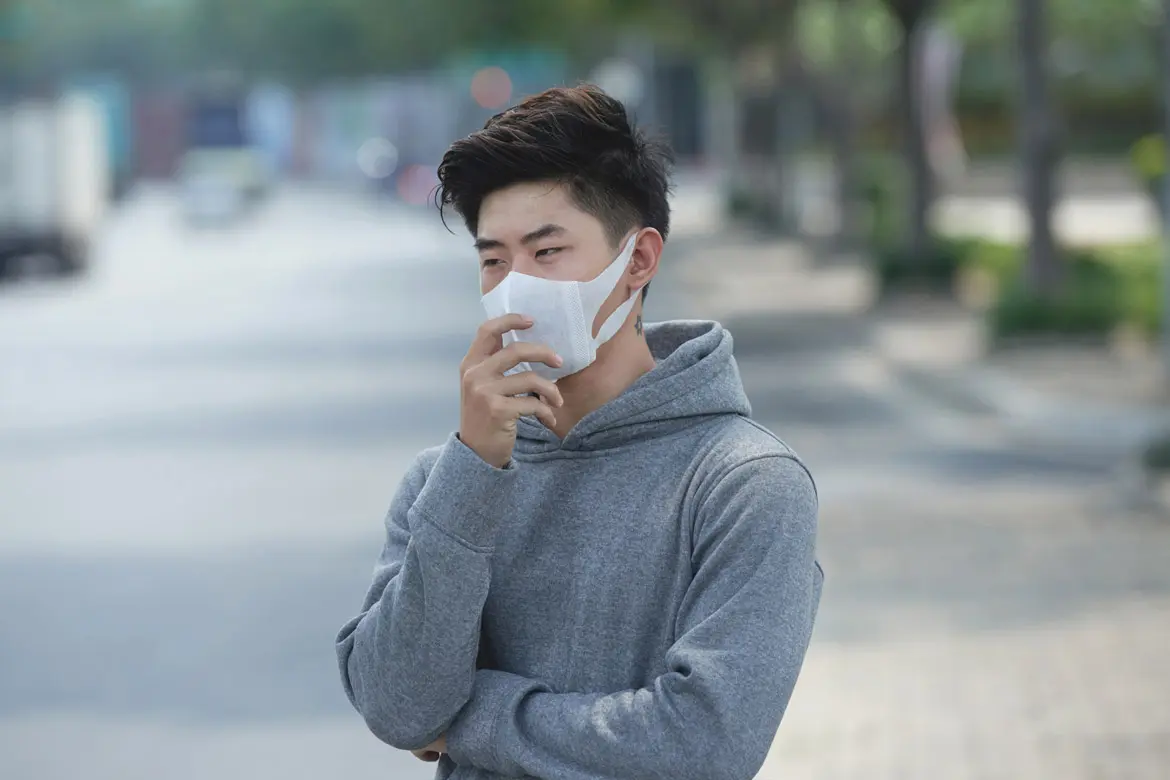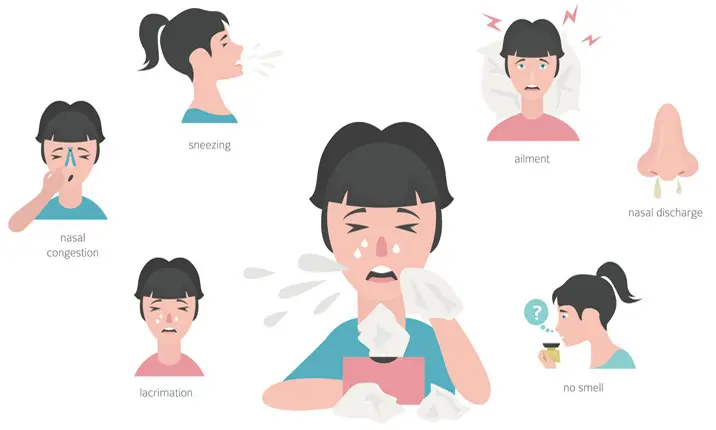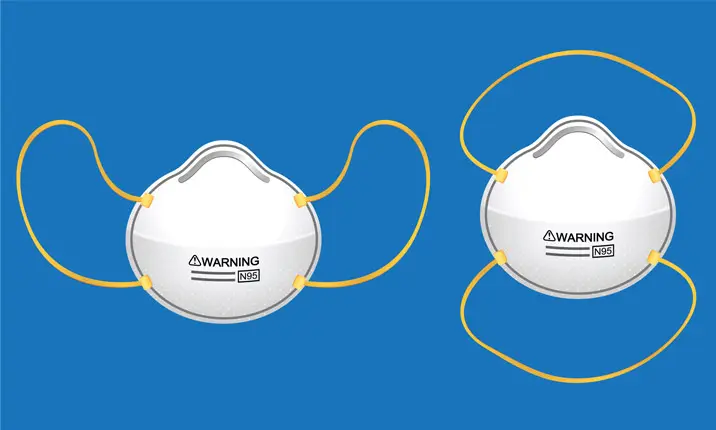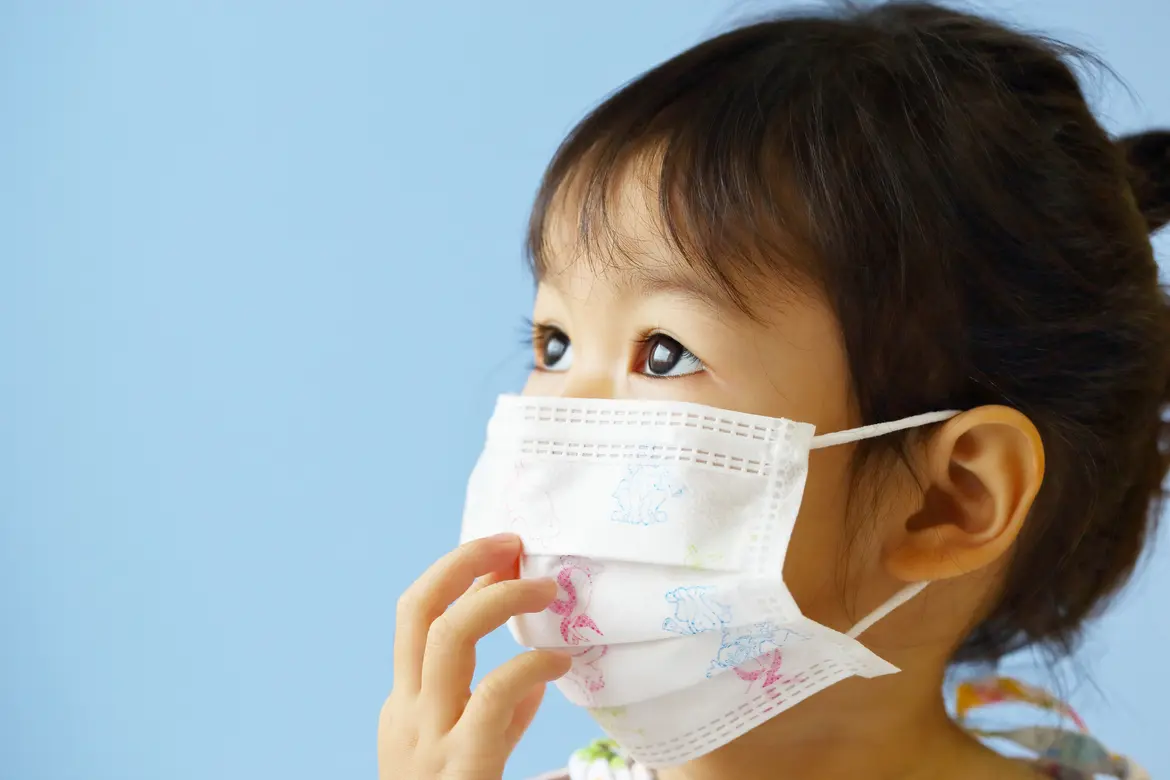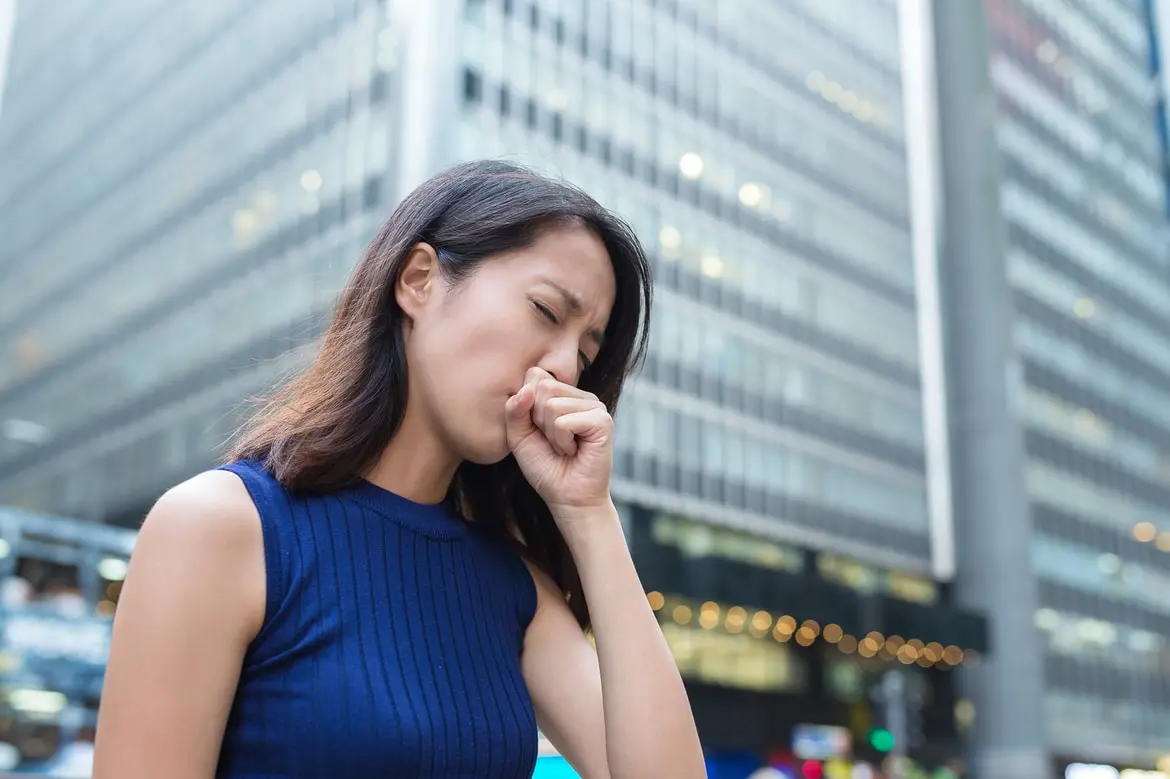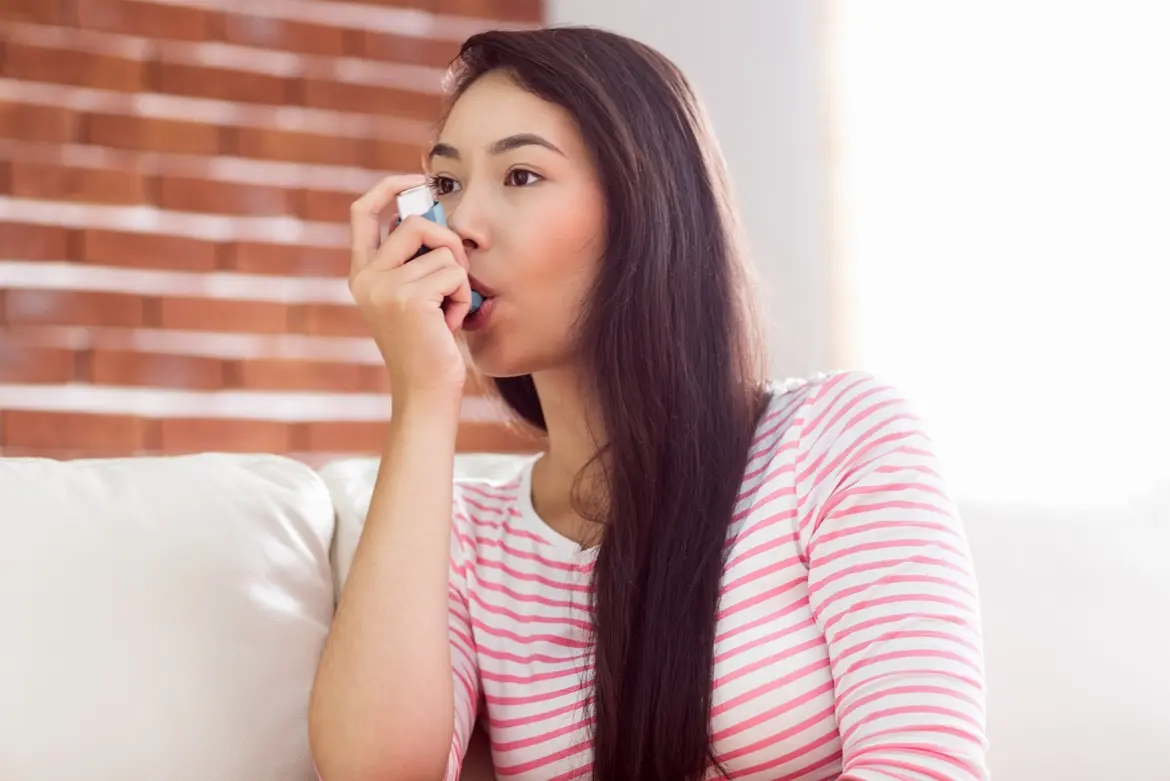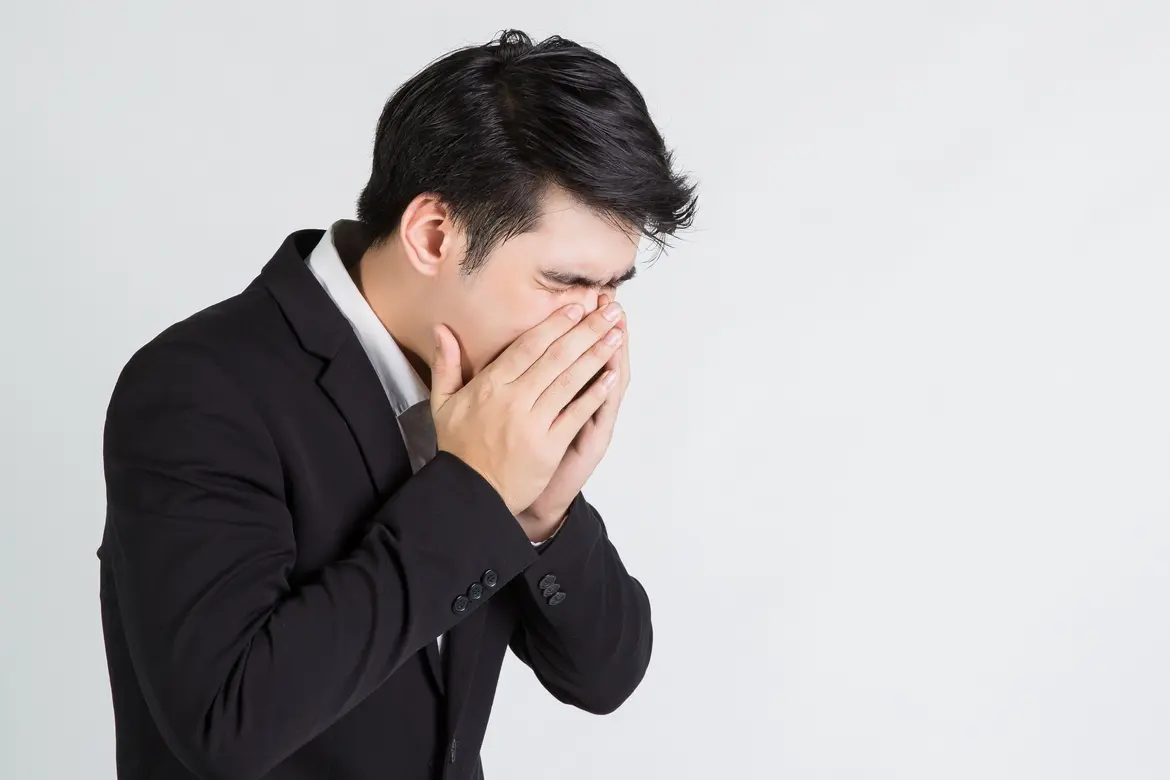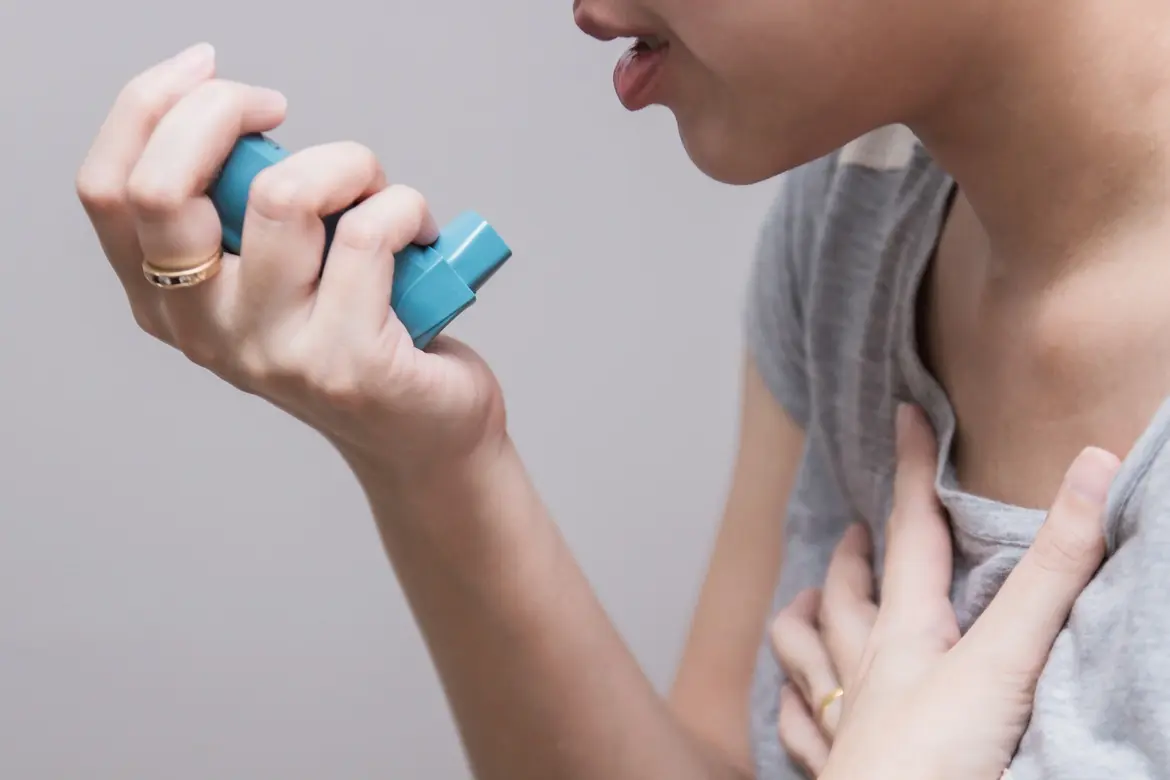What is the health impact of haze?
Haze is potentially harmful as it contains fine particulate matter, sulphur dioxide, ozone, nitrogen dioxide and carbon monoxide. Continuous exposure to unhealthy levels of these air pollutants over a few days can cause respiratory symptoms and aggravate existing heart and lung diseases.
What is the short-term effect of haze on our health?
If you are healthy, short-term exposure of up to 3 days to high levels of haze particles may cause irritation of the eyes, nose and throat. These irritations usually resolve on their own.
Among those with existing heart or lung disease, exposure to haze particles can sometimes trigger symptoms such as asthma, chronic obstructive pulmonary disease (COPD), or heart failure.
Other short-term adverse effects of haze include:
- Conjunctivitis
- Runny nose, stuffy nose, sneezing, and/or post-nasal drip
- Throat irritation, dry throat, sore throat, and/or coughing and phlegm
- Headache, dizziness, fatigue, and/or stress
- Decreased lung function, depressed immune defences, chest tightness, chest pain, shortness of breath, bronchitis
What is the long-term effect of haze on our health?
There is not much local data available on the long-term effects of haze as Singapore is not affected by the haze throughout the year. However, some studies have shown that people living overseas with prolonged exposure to haze may have a higher risk of cardiovascular effects, reduced lung development and the development of chronic respiratory diseases such as asthma in children.
Studies have shown that it takes about 1 – 3 days after exposure to haze to develop respiratory symptoms. Exposure to particulate matter and sulphur dioxide may also cause irritation to eyes, nose and throat in healthy individuals.
What are the key air pollutants during the haze?
Particulate matter (PM) is the term for a mixture of solid particles and liquid droplets found in the air. They include PM10, which are inhalable particles, with diameters that are generally ≤10µm and PM2.5, which are fine inhalable particles with diameters ≤ 2.5µm.
The Pollutant Standards Index (PSI) is a value that gives an indication of the air quality. The value is based on the measurement of six pollutant parameters, which are the concentration of PM10, PM2.5, sulphur dioxide (SO2), nitrogen dioxide (NO2), ozone (O3) and carbon monoxide (CO). A PSI value of 50 and below indicates good air quality.
Very fine (< 2.5μm) particulate matter (PM2.5) is able to bypass the nose to reach the lungs and heart. When the PM2.5 reading reaches an unhealthy range, these particles in the haze can reach the lungs and cause symptoms, especially in people with chronic lung and heart diseases like asthma, chronic pulmonary lung disease, and heart failure.
Who are more sensitive to the health impact of haze?
The nose is an important gateway between the airway and the environment. It functions to warm and humidify the air we breathe, and to filter and trap environmental irritants, particles and pathogens before the inhaled air reaches our lungs.
People who breathe with their mouths – usually from chronic nose blocks – bypass these protective mechanisms and tend to have a higher risk of dry mouth, throat irritation and sore throat. They will experience more respiratory symptoms during hazy conditions.
What are some common sinus problems and symptoms in Singapore?
What is allergic rhinitis?
The most common sinus problem in Singapore is allergic rhinitis. Allergic rhinitis is an inflammatory condition of the nose due to the body’s hyperactive immune responses to an allergen.
Control of symptoms involves allergen avoidance, compliance to medications such as nasal steroidal sprays and antihistamines, and sometimes surgery. (The most common allergen in Singapore is house dust mites. Other allergens include pet dander, mold and grass.)
Allergic rhinitis may be seasonal or perennial. In Singapore, perennial allergic rhinitis is the most common form due to the tropical climate.
What are the common symptoms of allergic rhinitis?
Common symptoms of allergic rhinitis include:
- Nose itch
- Sneezing
- Runny nose and a blocked nose
- Eye itch
- Sinus congestion
- Cough and a blocked ear
A patient with allergic rhinitis already has a hypersensitive nose lining.
Environmental irritants such as particulate matter in the haze will trigger the nose lining. Hence, patients with allergic rhinitis will be more symptomatic than healthy individuals.
They may also have more frequent flare-ups or take longer to recover.
Uncontrolled rhinitis can also obstruct sinuses, leading to sinus congestion, sinus pain and sinus infection.
According to a study, boys with allergic rhinitis who are sensitised to Blomia tropicalis, a common dust mites species in Singapore, are the most vulnerable to air pollutants.
How can I control my sinus problem during the haze?
Closely monitor the Pollutants Severity Index (PSI) and Particulate Matter 2.5 (PM2.5) published by National Environment Agency.
When the PSI is high (when the air quality reaches past unhealthy levels),
- Stay indoors, whenever possible.
- Close all windows and doors at all times, if possible.
- Use a portable air purifier, if available, to help reduce indoor particle levels.
- Clean the air conditioner filter regularly. Make sure they are of good working condition.
- Drink plenty of fluids to maintain good hydration, especially among children and high-risk individuals.
- Eat a well-balanced diet of high antioxidants, fruits and vegetables.
- Rinse your nasal passages (a practice known as nasal douching) or gargle your mouth to remove larger irritants, particles and allergens.
- Resume steroid nasal sprays or antihistamine to control allergic rhinitis and prevent flare-ups.
- Get adequate rest and sleep to keep your immune system healthy.
How do N95 masks work?
An N95 mask is able to filter very fine particulate matter. It needs to be well-fitted to deliver its maximum benefits. However, it does increase the work of breathing and hence some people wearing these masks may experience mild breathing difficulty.
A surgical mask does not filter very fine particulate matter. However, it is more comfortable, and able to filter larger particles and irritants, preventing sore throat and throat irritation.
Short outdoor exposure, such as travelling between buildings, is safe.
When should I see a doctor?
Consult a doctor if your allergic rhinitis becomes uncontrolled and you are symptomatic. Allergic rhinitis is severe if it affects your work, sleep, concentration and studies.
It is considered frequent if it occurs more than 4 hours a day and/or more than 4 days per week. See an ENT surgeon trained in rhinology if you have frequent and severe allergic rhinitis.
